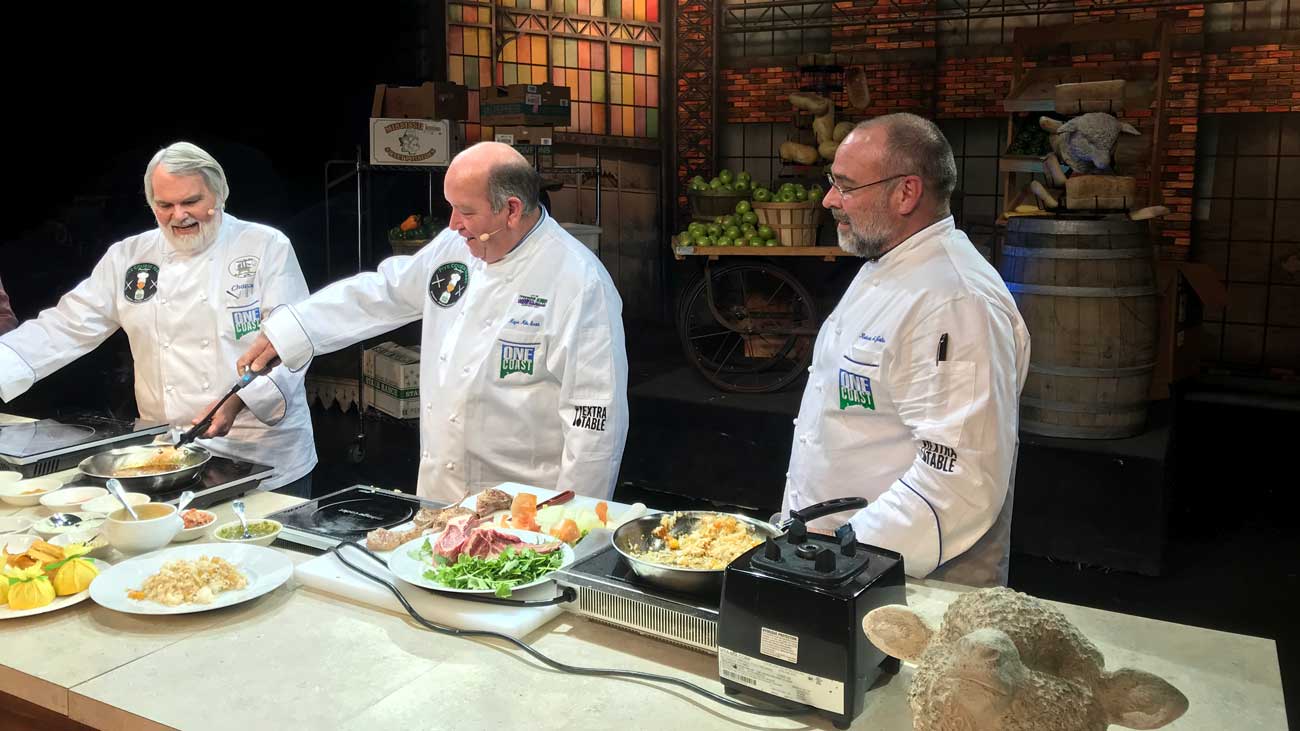I’ve worked in the restaurant business for 30 years. During the last 23 of those years I’ve owned restaurants. There have been a lot of exciting and challenging times in those two decades and there have been several key events that have changed or altered the course of our company, mostly for the better. However, no event has made as much of an impact on my personal philosophy, and how we operate our restaurants, as the step we are about to take.
Tomorrow we will plant a two-acre organic garden that will be used to supply our restaurants with fresh, natural produce. Beginning in mid June— as long as all of the agricultural stars fall into alignment, and we can keep the bugs and weeds at bay— we’ll be using vegetables and fruits grown organically in our own gardens.
We have slowly headed in the local food direction over the past year. We purchase butter and cream from a small, boutique creamery in Mt. Herman, Louisiana, we drive to Tylertown, MS for quail eggs and locally produced feta cheese, and we purchase eggs from the grass-fed hens at Dominion Farms 10 miles away in Moselle, but this is different. These are our gardens. We will live or die by the choices we make in when to plant, where to plant, what to plant, and how to care for it.
Those who have followed this column since its inception might remember that 10 years ago I got excited about the Garden-to-the Table Movement while on a trip to the Napa Valley. I returned and planted a two-acre garden that, in a matter of weeks, got the best of me. I was young and foolish.
There are many reasons my first attempt at gardening for the restaurant failed— the garden was too big, I planted way too much squash, it was too far away, and a few dozen other reasons that I won’t list here. Mainly, I didn’t know what I was doing.
This time I am relying on experts. A young man named Micah Pogue, an intelligent self-starter with an entrepreneur’s mind and an organic gardener’s heart, will be the full-time chief gardener for the restaurants. Many of our employees have offered to chip in, and several statewide agriculture and organic-gardening experts and officials have offered their assistance.
We will need it all. There are two acres of dark, rich South Mississippi soil that have been tilled and are awaiting seeds and plants. We were told by a few old-timers not to plant on Good Friday. “There’s another freeze left in us,” one man told me.
“Wait until the pecan trees start budding,” said another. “The pecan trees never get fooled.”
So here we go. We’re planting all manner of heirloom vegetables— vegetables that were grown for centuries, but were cast aside because the agriculture industry needed vegetables that could be picked early and would hold up to shipping long distances. Over the years, taste was sacrificed for convenience and durability. We’ll be planting a lot of fruits and herbs, too— over three-dozen varieties in all.
“I’m most excited about practicing gardening on a large scale, organically with no pesticides or chemicals.” Pogue said. “It would be easier if we went the traditional route using pesticides and chemicals, but this way, the quality level goes up. It’s local, it’s healthy, and most importantly, it tastes better.”
It’s a new day for our company and for me, personally. We are headed in an entirely new direction. Will we succeed? That is yet to be determined. Will the insects, weeds, and snakes get the better of us? I don’t know. Stay tuned for the continuing adventures from Bonhomie Gardens.
Robert’s Greens
1/2 cup bacon, medium dice
1/4 cup shallots, small dice
1/4 cup balsamic vinegar
1 Tbl brown sugar
1/2 tsp crushed red pepper
2-3 bunches turnip greens (collard or mustard), cleaned, dried and cut into 2” wide strips (about 10 cups cut up)
1 1/2 cups pork stock (can substitute fresh vegetable stock)
1/2 tsp kosher salt
In a large sauce pot, brown the bacon over medium heat. Stir in the shallots and cook for 2 minutes. Add the vinegar, brown sugar and crushed red pepper, cook until the sugar has dissolved completely. Add in the turnip greens and mix them well with the bacon mixture. Add the hot pork stock, and cover for 5 minutes. Remove the cover and stir the greens. Continue cooking for 10 minutes, stirring often to prevent the greens from burning. Add the salt.
Hold warm until ready to serve.
Yield: 6-8 servings
Pork Stock
8 Ham hocks
1 1 /2 gal Water
1 /2 Onion
Place hocks, water and onion in a large stockpot and simmer over low heat eight hours. Add more water as needed to yield one gallon of final product. Strain and place stock in refrigerator overnight. Using a large spoon, remove fat layer from top of chilled stock. Stock should be slightly gelatinous. Stock can be frozen in small batches. Yield: one gallon
Note: Reserve ham hock meat for other recipes



